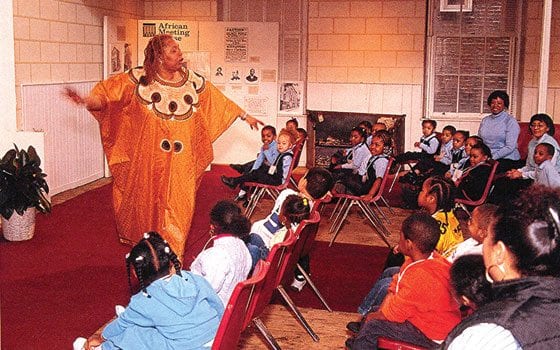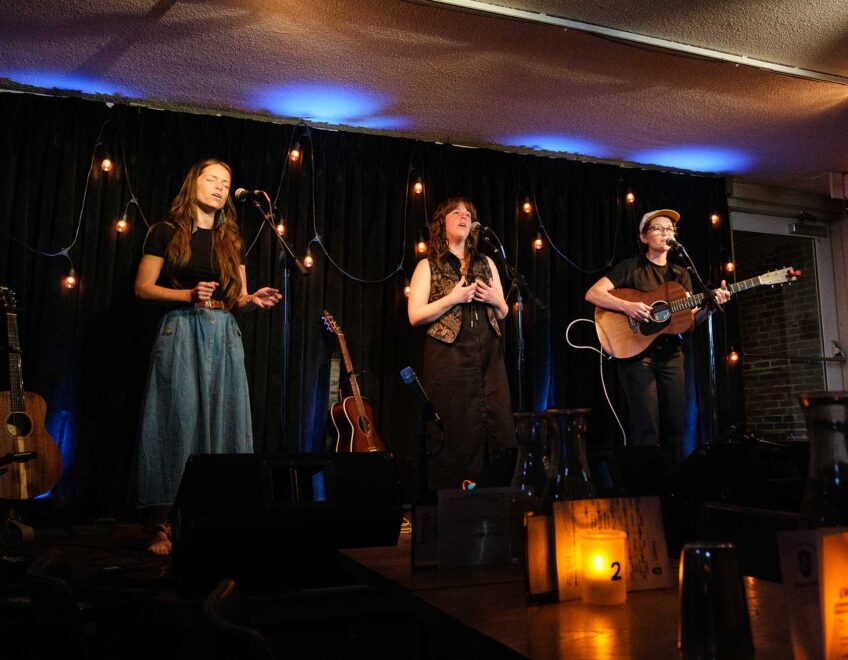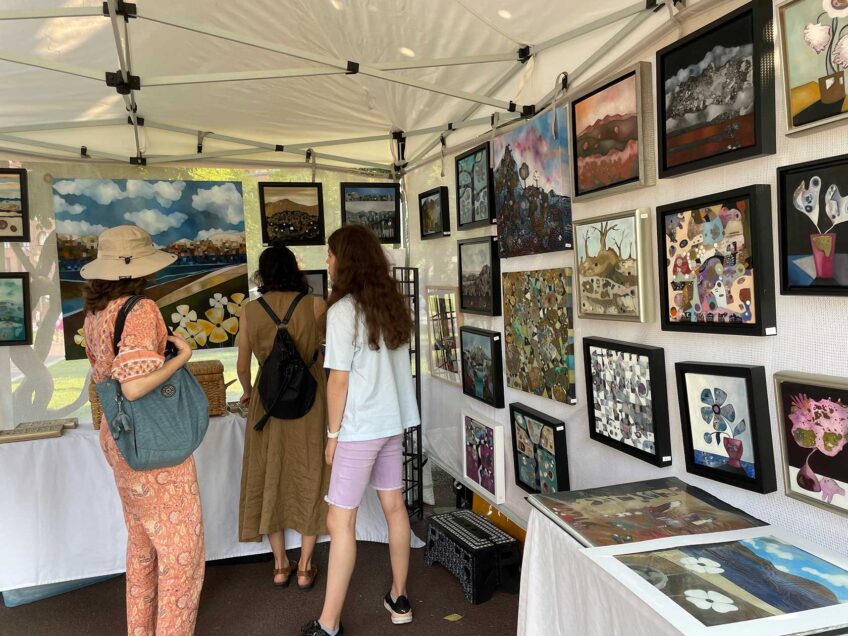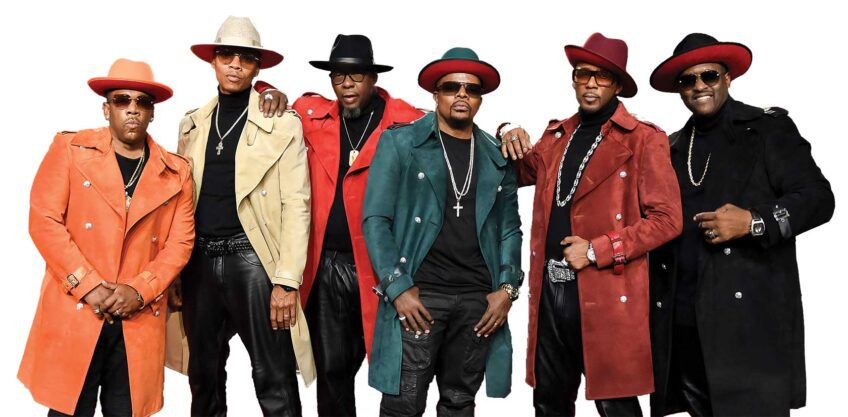

Author: Valerie StephensValerie Stephens is living out her dream as a performing artist as she has taken to the stage as a singer, storyteller and actress for the past 30 years. Stephens released her first jazz album, “Potpourri,” in 2005 and also performed for Boston’s Children’s Museum, Museum of Fine Arts and Museum of Science.
Valerie Stephens is a woman of many talents who knows how to reinvent herself with the times while respecting the past.
For more than 30 years, Bostonians have best known the singer, storyteller and actress for her use of art to present strong images of African American women.
One such woman is Nina Simone.
Stephens was approached nearly three years ago to do “The Music and Times of Nina Simone.” Stephens’ fascination with the late jazz star started when she was a student at the University of Massachusetts at Amherst in 1969, when Simone came on campus to perform during her freshman year. She remembers the experience fondly.
While watching Simone perform, a man in the front row fell asleep. Calling the patron out on this rude behavior, Simone stopped in the middle of her performance and chastised the man.
“That was probably the most hilarious moment of my college career,” she said. “That said a lot about Nina’s boldness as a singer and activist.”
The political activism on campus reflected the social change occurring across the country at the time as many of the leading civil and women’s rights activists of the day visited UMass Amherst.
In 1969, for instance, the school started the country’s first black studies program. Getting caught up in the radical fervor, Stephens said she became politically active and took a class in introductory black drama which set the template for her beginnings in the Black Repertory Theatre on campus. That experience changed her life.
“I was extremely shy, and I never thought performing arts was for me,” she said. “But I was hooked on acting after that first curtain call.”
After graduation, Stephens came back to Boston and got involved in theater companies, including the New African Company.
In 1982, she began work for the Underground Railway Theater, where she helped develop a show revolving around the life of Harriet Tubman. Stephens toured with the company playing the anti-slavery heroine for seven years in more than 100 cities in 38 states.
“I am a history freak,” she said. “I love researching great people from history and being able to perform them and educate an audience.”
Her love of performance and education extends to fostering youth arts.
As a storyteller, she has performed throughout New England and been contracted to research and perform for Boston’s Children’s Museum, Museum of Fine Arts and Museum of Science.
While working as the director of cultural programming and community partnerships for the International House of Blues Foundation for 10 years, she created and directed “The Blues Schoolhouse: History of the Blues,” an in-house educational production for children which was performed in Boston and Los Angeles.
Stephens also served as consultant to the Citi Performing Arts Center in youth programming, training young artists to be community storytellers and researching the history of Boston’s neighborhoods.
But it is her love of singing that is the center of her art.
Stephens released her first jazz album, “Potpourri,” in 2005, and is now working on her second album. She also created two previous musical series. The first was “Women of the Village” in 1999, which celebrated the singing voices of American, South African and Cuban women.
The second series, “Sweet and Salty: 2001 Dressed to the Nines” was a tribute to legendary blues singers.
Stephens said that she looks back to look forward when she identifies such classic singers as Ada “Bricktop” Smith and Ma Rainey as her role models. She said she also is impressed with some of the newer vocalists on the scene like Jill Scott and Erykah Badu.
After the Simone series ends, Stephens hopes to make her dream of performing in Ghana come true next year. But for someone who, 30 years ago, never thought she could make money doing something she loved, her life as a performance artist is a dream come true already.
“I feel like I have been blessed to be doing what I’m doing,” she said. “And I will continue to get up every day and keep doing what I do best without question.”






